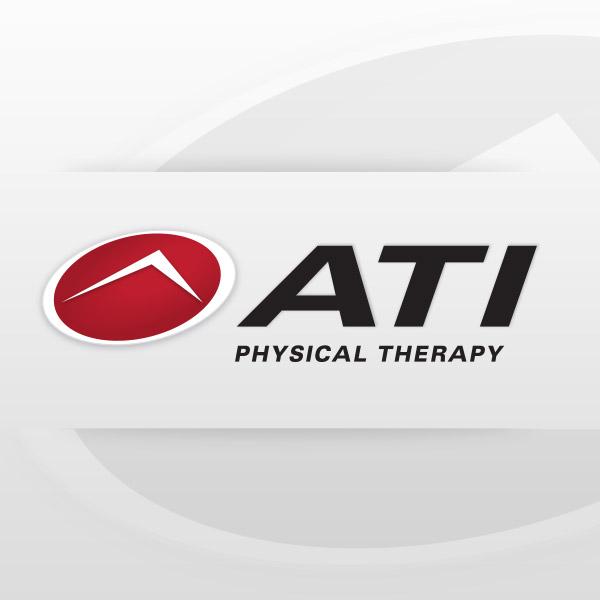ATI physical therapists take non-traditional approach to research, patient care

As an avid researcher with a keen interest in continual learning, Brett Peters thought a physical therapy residency would be the perfect option for him. However, most physical therapy residency programs are in-person, full-time positions that can last from a few months to a few years. While the thought of learning appealed to him, the thought of incurring additional student loan debt did not.
“I was very interested in furthering my education, but after finishing PT school, I didn’t think I could move right into a full-time residency,” Peters said.
Therefore, Peters put his love of research and learning aside and accepted a full-time position at ATI Physical Therapy in Langhorne after graduating from The University of Medicine and Dentistry in New Jersey in May 2010. Just over a year later, Peters had the opportunity to pursue a full-time residency – that didn’t require him to relocate or give up his job at ATI.
Peters, along with his two colleagues Samuel Marsico and Ashley Heilman, enrolled in an Orthopedic Physical Therapy Residency through Evidence In Motion (EIM).Through their EIM fellowship, the team learns about the latest evidence-based practices in a variety of ways: through online discussions and courses, weekend-long hands-on intensives, and mentorship and clinical practice hours. ATI currently has 19 clinicians company-wide completing a fellowship or residency with EIM.
“About 90 percent of our coursework is virtual,” Peters said. “But, it’s all set up so that we’re interacting with instructors and other residents. We regularly discuss cases with faculty and learn ways to improve our own practices.”
The Evidence in Motion program is based on the belief that practice needs more research and research needs more practice. In a traditional, in-person residency program, it’s nearly impossible to achieve both of those objectives. In their virtual, interactive residency program, it’s possible to both do research and practice simultaneously.
Peters’ favorite part of the residency is the way he can immediately translate what he learns into patient treatment plans.
“We are constantly learning which treatments and modalities are most effective, so I’m able to apply that research to the way I care for my patients immediately,” Peters said. “It allows me to treat my patients in the best way possible.”
Unlike other residents who are spread out across the country, Peters has the advantage of having two other residents working alongside him at ATI in Langhorne every day. Peters, Marsico, and Heilman frequently compare notes with each other to help them develop the most effective, cutting-edge treatment plans for patients.
“We’re constantly sharing and learning beside each other,” Peters said. “We analyze together, practice together, and our patients are better off for it.”
Tracy Lewandowski, clinical education events supervisor at ATI, noted that EIM’s evidence-based treatment philosophy aligns with ATI’s goal to provide professional growth opportunities for employees, making it a beneficial partnership.
“ATI wants to provide a great educational foundation for our clinicians, and we want to provide the means for them to think outside of the box when it comes to patient care,” Lewandowski said. “EIM offers that to us, as well as the opportunity for our clinicians to take what they learn in the classroom and immediately apply it to patient care. Our therapists and our patients are seeing a difference.”
